The "Top 10" archaeological discoveries of the Silk Road were selected in the “Annual Report of Silk Road Cultural Heritage 2019” by experts from different countries, including Bobby Orillaneda, Senior Researcher of the National Museum of the Philippines; Farhad Maskhsudov, Director of Uzbek Archaeological Institute; Svend Hansen, Director of the Eurasian Archaeological Institute of the German Archaeological Institute; Jiang Bo, Director of the Archaeological Institute of the Underwater Cultural Heritage Protection Center of the State Administration of Cultural Heritage; Liu Wensuo, Professor of Department of Anthropology at Sun Yat-sen University; Jianjun Mei, Director of the Needham Institute; and Tong Tao, Associate Researcher of Institute of Archaeology at Chinese Academy of Social Sciences. They selected the findings from more than 100 important archaeological discoveries worldwide. To some extent, their selection reflects the historical landscape of the exchange of western civilization in the ancient world.
The shortlisted archaeological discoveries and the "Top Ten" archaeological discoveries span several centuries from the prehistoric period, the Bronze Age and the Song and Yuan dynasties. From the geographical point of view, they range over the Central Plains of China and the Eurasian hinterland, extending westward to the shore of the Black Sea, the Red Sea coast and the Mediterranean world, their distribution showing that the cultural exchanges of ancient civilizations of the east and west took place along the traditional Silk Road, the Steppe Road, the Southwest Silk Road, and the Maritime Silk Road. The historical landscape of the coexistence, exchange and dialogue between ancient civilizations is of great significance to contemporary research.
1、The Remains of Al Serrian, Saudi Arabia
https://www.lifeofguangzhou.com/wap/knowGZ/content.do?contextId=9031&frontParentCatalogId=175
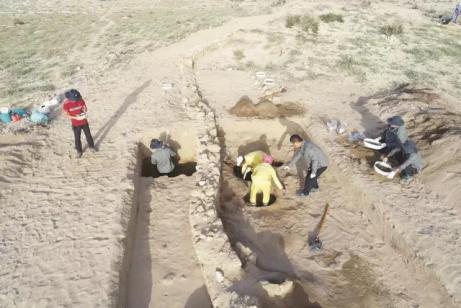
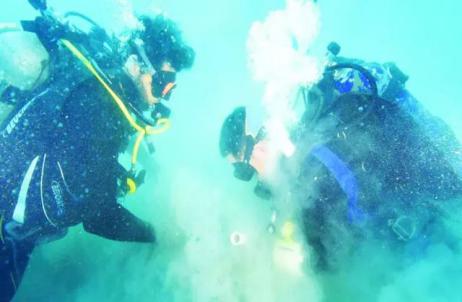
The site of Al Serrian is located in the southwest of the Arabian Peninsula, on the coast of the Red Sea. The excavation is part of a five-year archaeological cooperation agreement signed in 2016 between the State Administration of Cultural Heritage of China and the Saudi Tourism and National Heritage Commission.
The archaeological site of Al Serrian is the first Red Sea archaeological project that China has participated in. The excavation of relics has provided information revealing the history of Al Serrian and its important role in the ancient maritime Silk Road.
2、The Ruins of Mes Aynak, Afghanistan
https://www.ancient-origins.net/news-history-archaeology/buddhist-text-0012367
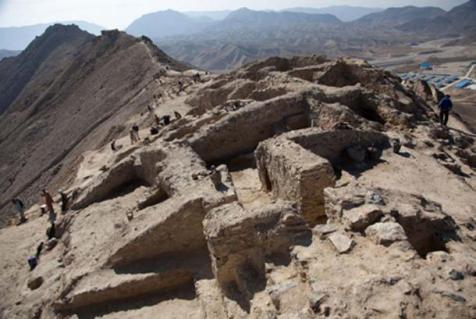
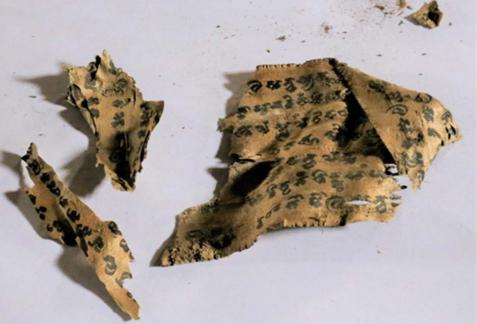
The Mes Aynak site is an ancient Buddhist complex at the cultural crossroads that connects Asia and the Mediterranean. The Buddhist ruins cover a wide area and show various artistic forms and a long duration. The temple site, built on top of a copper vein, has preserved rich ancient mining remains. Therefore, this site is not only an important Buddhist center, but also a mineral center, and an important link in the commercial network of the Silk Road in Central Asia. It is a rare and multi-purpose site of human cultural heritage.
3、The Heishanling Turquoise-Mining Sites, China
http://www.silkroads.org.cn/article-17899-1.html
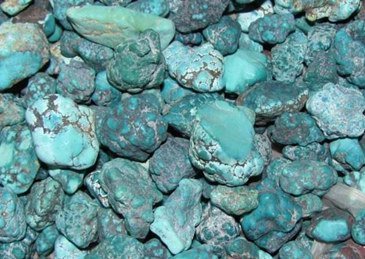
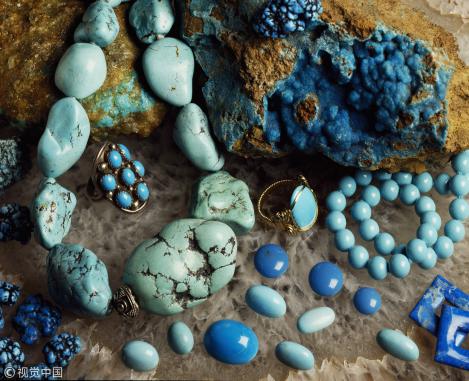
The Heishanling Turquoise Mining Sites are located in the triangle of Hami, Lop Nor and Dunhuang, in northwest China. The discovery of ancient turquoise mining sites in Xinjiang provides clues to explore the exchanged relationships and modes of communication between the early industrial and inland areas in Xinjiang. At the same time, relics from these sites also show early industrial production technology and forms. The mines were a rich source of turquoise in China, and the remains provide important clues for exploring the sources of many turquoise stone materials in ancient China.
4、The Ruins of the Ancient City of Paharpur, Bangladesh
http://www.wenbao.net/details.asp?id=10764
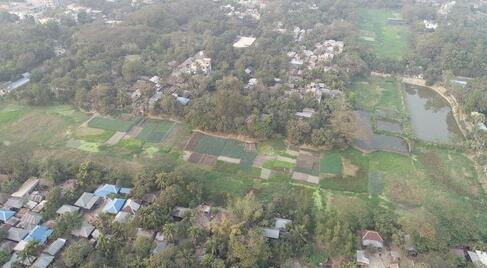
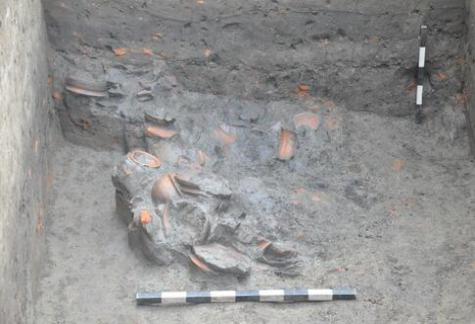
The China-Bangladesh archaeological team excavated the ancient city of Paharpur in Munshigang District, Bangladesh from December 2018 to January 2019. Aspects of the site that were previously known only in the documentary record have now been proven through archaeology – namely, that the ruins buried deep underground reflect changes in religious architecture and have the universal value of Buddhist civilization. The ancient city also played an important role in cultural exchange between China and Bangladesh.
5、The Ruins of Krasnaya Rechka, Kyrgyzstan
https://finance.sina.com.cn/roll/2019-06-13/doc-ihvhiews8512993.shtml
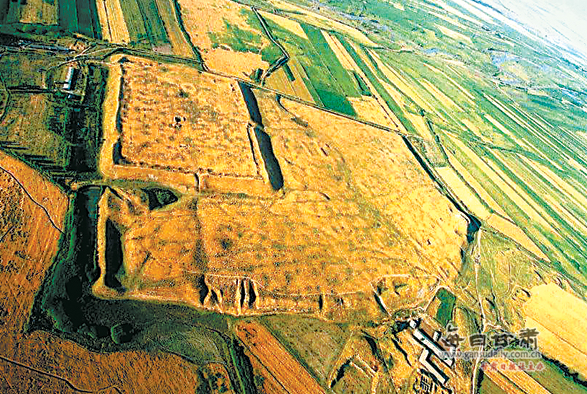
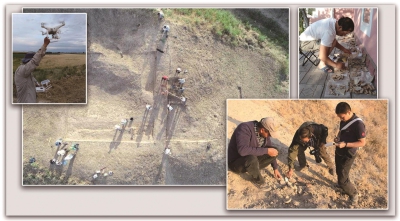
The Krasnaya Rechka site is located near Krasnaya Rechka village, Kant Town, Chu Prefecture, Kyrgyzstan, and is the largest ancient city site in the Chu River valley. It is an important part of the Central Asian section of the Silk Road, with the main artery of the northern route of the Silk Road running through the Chu River Basin. Joint archaeological research on the Krasnaya Rechka site will help deepen the understanding and research of the history of the Silk Road.
6、Mingtepa City Site, Uzbekistan
https://user.guancha.cn/main/content?id=208190&s=fwtjgzwz
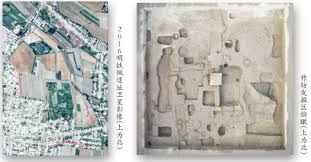
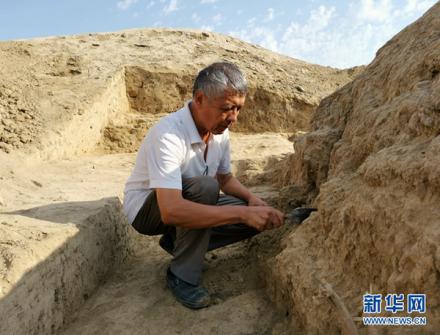
The archaeological project of The Mingtepa City Site jointly initiated by China and Uzbekistan has opened a new chapter in the study of the history of the Western Regions and the Silk Road. Its significance is multifaceted: in addition to answering archaeological and historical questions, it provides examples of sino-foreign scientific cooperation and contemporary sino-foreign cultural exchanges.
7、The Gol Mod 2 Cemetery, Mongolia
http://hn.ifeng.com/a/20191207/7867890_0.shtml
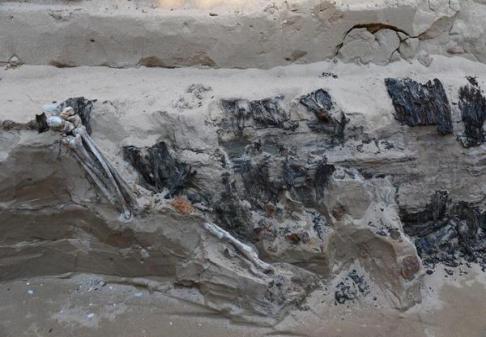
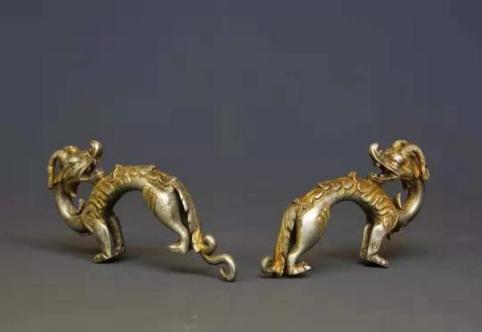
M189 is the oldest, though not the largest, tomb in Mongolia's Gol Mod 2 Cemetery. It provides valuable first-hand materials for studying the funeral customs of Xiongnu nobles and cultural and material exchanges between the northern grassland and the Central Plains in the Han dynasty.
8、The Tomb of Devitsa, Russia
https://www.ancient-origins.net/news-history-archaeology/gold-headdress-0013061
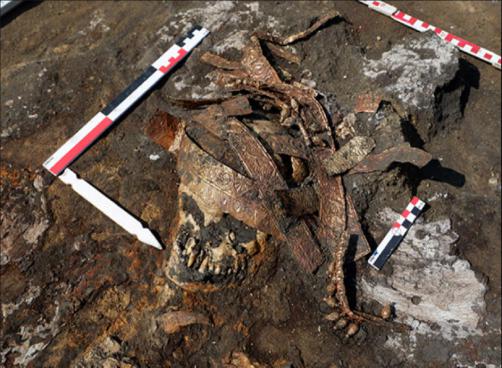
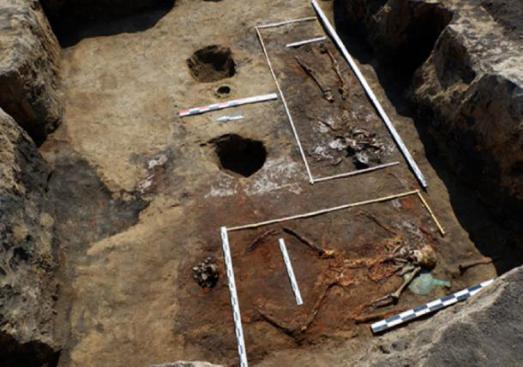
Known for their bravery and cruelty, the Scythians were active in a vast area from the steppes of southern Russia to Central Asia. They developed complex social structures and unique metal working techniques. They were the original masters of the Steppe Road.
9、The Tomb of Murong Zhi of the Tuyuhun Royal Family, China
http://www.silkroads.org.cn/article-23399-1.html
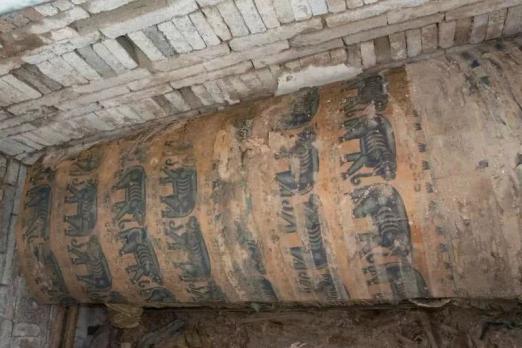
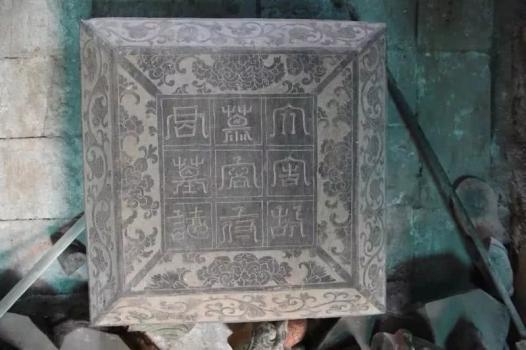
The tomb’s occupant is recorded as Murong Zhi, a member of the Tuyuhun royal family during the Tang-Wuzhou period. It is the earliest and best-preserved tomb of the Tuyuhun toyal family found and excavated in China. These cultural relics are not only the physical witness of Silk Road trade in the Tang Dynasty, but also of the friendly exchanges between the Tang dynasty and the Tuyuhun. The discovery of the tomb could help to complete the genealogy of royal families and related historical issues in the late period of the Tuyuhun.
10、The South China Sea No.1 Shipwreck, China
https://baijiahao.baidu.com/s?id=1641160919985854847&wfr=spider&for=pc
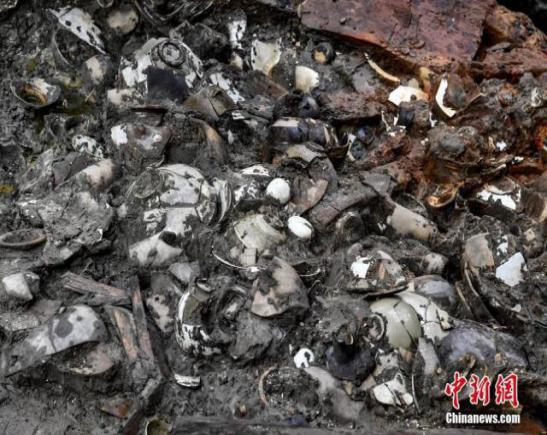
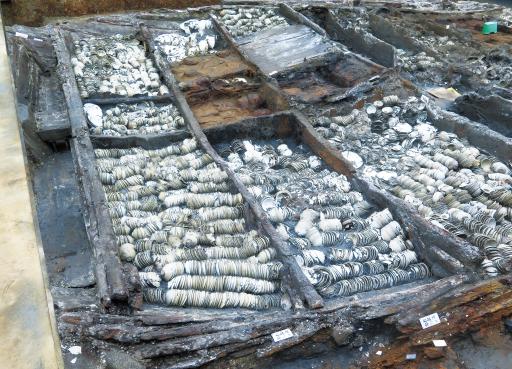
The South China Sea No.1 Shipwreck (Nanhai 1) is the best preserved ancient shipwreck ever found in China. It sank on the main shipping route from central Guangdong to the West, in other words, on the maritime Silk Road from ancient China to the Western world. A great variety of cultural relics have been recovered. They reflect not only the superb craftsmanship coming from the economic and cultural center of south China, but also the aesthetic preferences of the destination and its huge demand for oriental luxuries.
 Pay attention to us
×
Pay attention to us
×